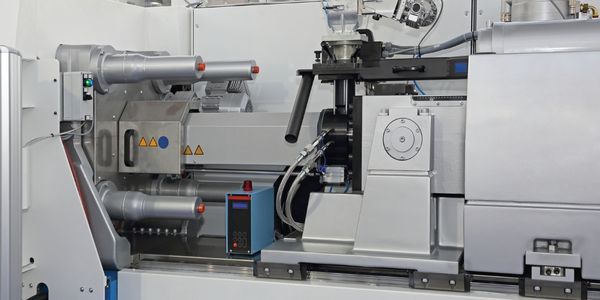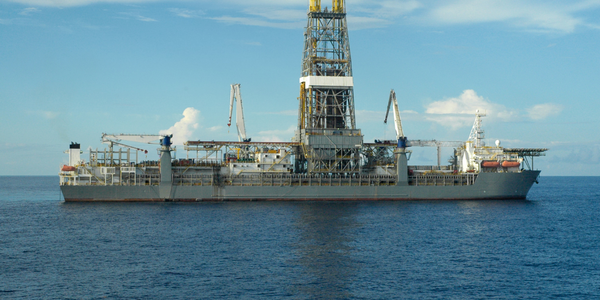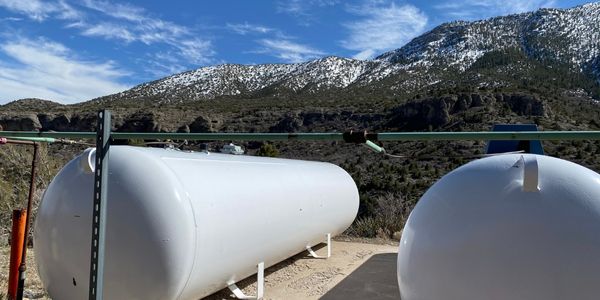- Functional Applications - Manufacturing Execution Systems (MES)
- Other - Battery
- Marine & Shipping
- Plastics
- Product Research & Development
- Additive Manufacturing
- Time Sensitive Networking
The Monterey Bay Aquarium Research Institute (MBARI) is a leading oceanographic research center that has been studying our oceans for over 30 years. Their research spans a wide range of areas, from examining the axial seamount and the active submarine volcano along the Juan de Fuca Ridge off the coast of Oregon to studying methane and hydrocarbons in mud in the Arctic. MBARI's research is crucial for understanding the extent of climate change, particularly the biologic response of stressors to the oceans. The institute uses its proprietary technology, including long-range autonomous underwater vehicles (LRAUVs), to conduct these studies. The LRAUVs are designed to measure, collect, and film every 30 days, providing invaluable data for their research.
The Monterey Bay Aquarium Research Institute (MBARI) has been conducting extensive research on our oceans for over three decades. Their studies range from examining the axial seamount and the active submarine volcano along the Juan de Fuca Ridge off the coast of Oregon to studying methane and hydrocarbons in mud in the Arctic. The research is crucial for understanding the extent of climate change, focusing on the biologic response of stressors to the oceans. However, the process of studying these changes, which involves deep-water mapping three to four thousand meters below the ocean surface, collecting sonar data, and measuring turbulence and bioluminescence up to 150 days per year, is challenging. MBARI uses its proprietary technology, including long-range autonomous underwater vehicles (LRAUVs), to conduct these studies. However, designing these LRAUVs and packing them with ample capabilities within a small space, including 5000-watt lithium-ion batteries encased in air-tight sheet metal pressure housing, is a complex task.
Altium Designer and Altium 365 have been instrumental in helping MBARI design these autonomous underwater vehicles (AUVs), significantly reducing development time. Altium 365 leverages CAD-specific intelligence to store design data in a way that makes projects, files, and version history accessible and easy to navigate on the web. This allows MBARI’s research and development team to work from anywhere in the world, even when they’re out at sea. Altium Designer, accessible via the integrated Altium 365 platform, integrates seamlessly with their mechanical CAD tools. It allows the team to see how everything fits together early on, making working with advanced parts much easier with Altium’s extensive parts library. The ability to adjust schematics and footprints at different stages in the design process is essential for the team, especially due to the limited physical space they’re working with when they design custom PCBs for AUVs. Altium Designer makes it easy to make changes long before the manufacturing stage, eliminating paper trails and making the entire design and manufacturing process much faster and easier.

Case Study missing?
Start adding your own!
Register with your work email and create a new case study profile for your business.
Related Case Studies.









